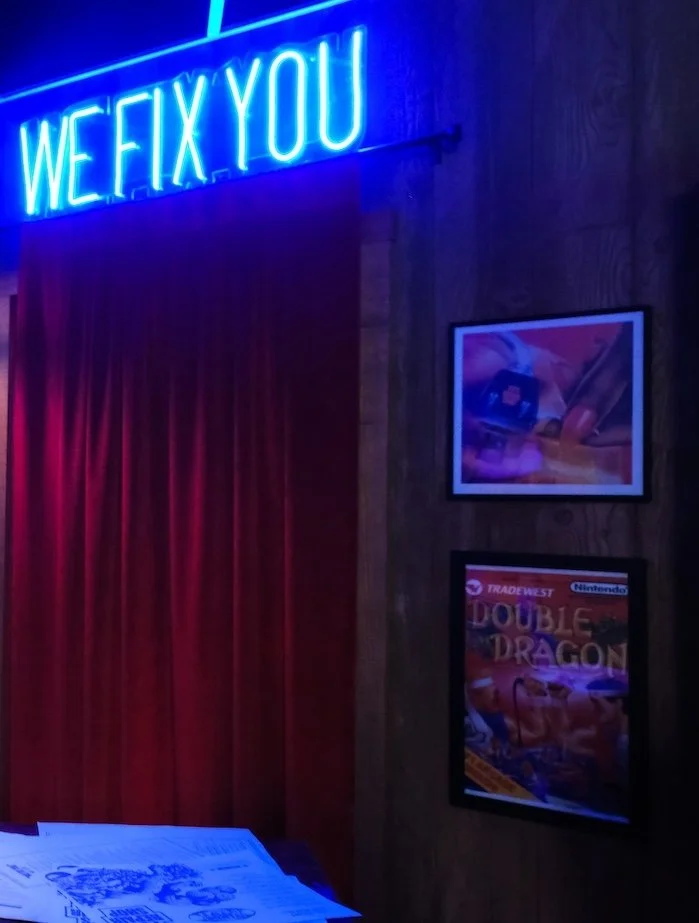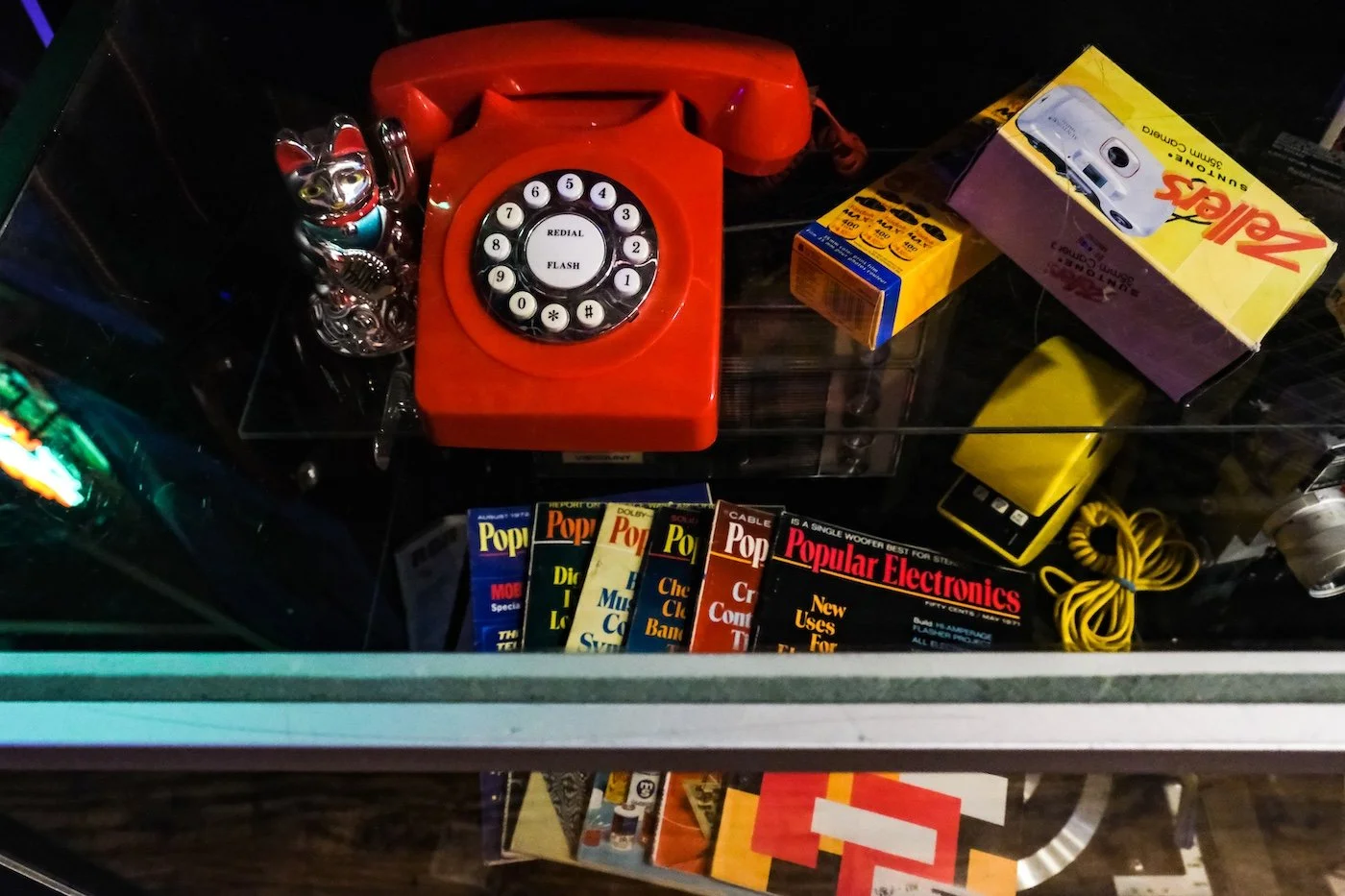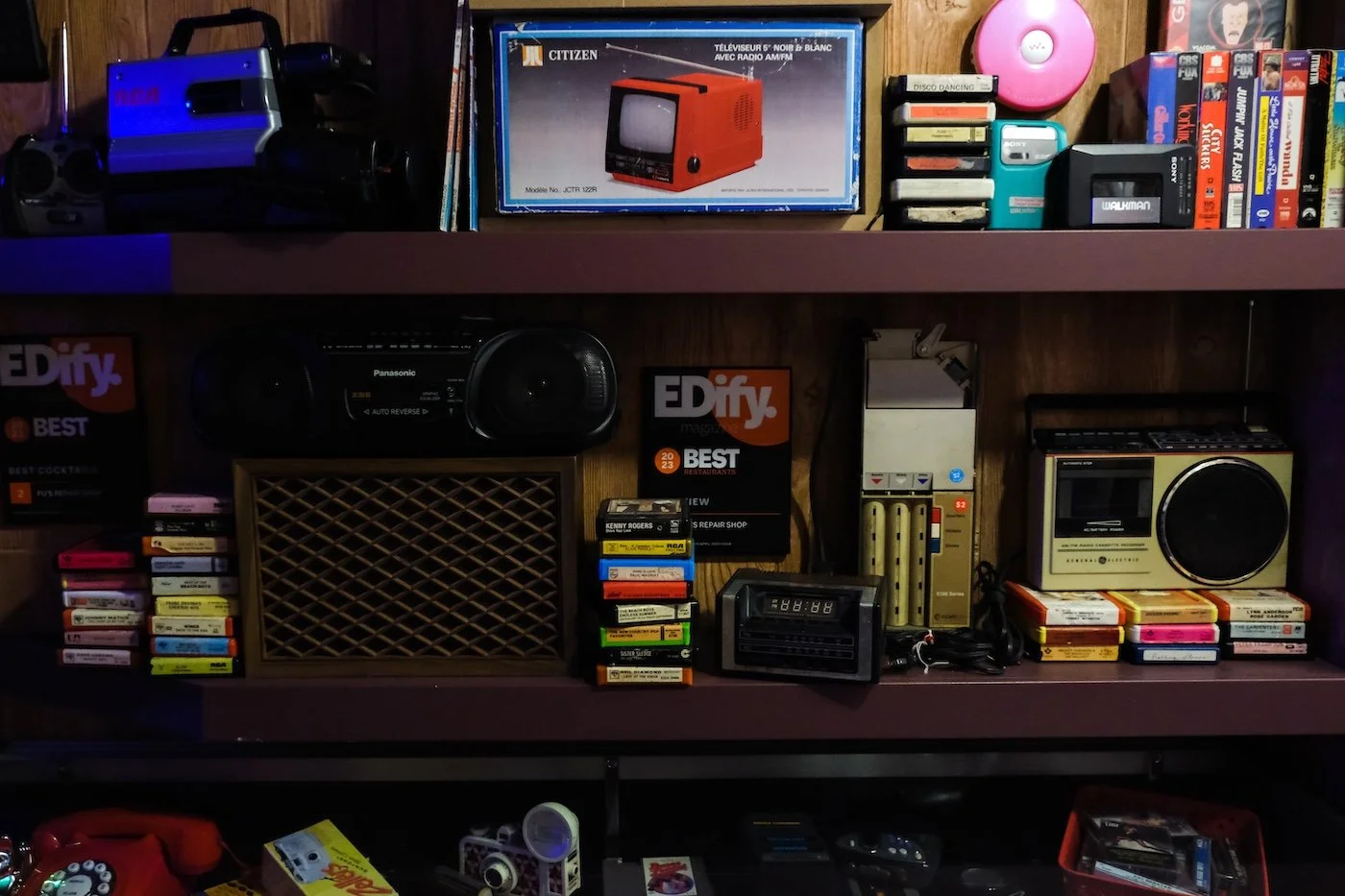Repair Shop – An Intro
In January of this year, I was asked to read at the long-running Olive Reading Series in Edmonton. I don’t think it could have been any colder that evening though a number of people still made it out. My book, Apples on a Windowsill, had just arrived out in the world, though we were asked to read a new unpublished piece. And of course, the way publishing works, is that your most recent book is something you wrote ages ago, and with some luck, you’ll have written a book in the meantime, and more. This piece I’m sharing, fits into the more category, and what follows is the intro to a work-in-progress, titled Repair Manual for the Soul. I read this to a small but lovely crowd at the Olive and its reception renewed my desire to keep working through the themes.
In this new section of my all glowed-up blog (read more about that here), I’m going to look at small everyday repairs and see what the reverberations end up looking like. The photos from this post were taken a year ago, at a birthday celebration, which you’ll read about at the end.
Each of us is responsible for the entire world. This is from Clarice Lispector, a writer I revere. I was going to get this tattooed on my arm and then I didn’t and now I’m deeply rethinking. Why did I want these words indelible on my body on my skin? Why did I then shy away? Shall I reconsider?
What did the words mean for me then and what do they mean now? Can we mean words and then un-mean them and later recommit to them? Are we responsible for the repair of the world?
When a thing is repaired, mended, sutured, stitched, sewn together, glued, stapled, we know that it can be undone. In knitting, when the work is unravelled this is called frogging. This is because when you say “rip it” a few times it begins to sound like “ribit.” A blogger on 10 Rows a Day cautions: “Etymology aside, this process is not a pleasant one, no matter how we call it. You should treat it like a knitting surgery.” Repair, one learns, is a process, a grave concern.
Louise Bourgeois’ parents were tapestry restorers. The title of the installation of her three steel towers at Tate Modern was, “I Do, I Undo, I Redo.” Famous for her immense spider statues, she said, “The spider is a repairer. If you bash into the web of a spider, she doesn’t get mad. She weaves and repairs it.”
Each of us is responsible for the entire world.
When I think of Louise Bourgeois, I think of the Philip Larkin poem recently recited by the character May in Ted Lasso, that begins:
They fuck you up, your mum and dad.
They may not mean to, but they do.
Though her parents were restorers, she would ever be tormented by her childhood, by her father’s infidelities, and by her mother dying of Spanish flu when she was eleven. Making things, she said had, “a curative effect.”
Each of us is responsible for the entire world.
Bourgeois said, “Art is restoration: the idea is to repair the damages that are inflicted in life, to make something that is fragmented – which is what fear and anxiety do to a person – into something whole.”
Kintsugi is the Japanese art of repairing broken pottery using powdered gold mixed with lacquer. The visible repair marks the journey of an object. We are going forward and cannot return an object to an unbroken past – this is impossible. But we can find beauty.
“For anything can happen and damage the most intimate life of a person. What will have been done to my soul next year? Will that soul have grown? and grown peacefully or through the pain of doubt?” This is Clarice Lispector.
Anything can happen and we are each of us responsible for the entire world.
The world is a lot these days. (An evergreen statement). We have all experienced a pandemic in all of its multifaceted complexity. We witness wars from afar. It is intolerable and becomes difficult not to fall into despair. Our past traumas come to bear on present ones. And it’s impossible to tell who has been through what. Which wounds have re-opened? Which scars ache? What new holes have formed in a soul?
Each of us is responsible for the entire world.
It's hard to be wise when broken and ravaged. It’s tricky to feel for others when we haven’t felt felt, when numb. Some days, we are the entire world.
I re-read Lispector’s Selected Crônicas so often the spine has broken a couple of times, the glue dries up, and the pages escape. Each time, I glue it back together. It holds for a while before the pages attempt another getaway.
In Buddhism, there are two wings needed to reach a deep level of realization – wisdom and compassion. Matt Licata teaches us that when “only one “wing” is present, the bird is unable to fly, or flies in a way that is disembodied and disconnected from its inherent wholeness.”
There is so much to grieve. C.K. Williams wrote an elegy for a friend, saying, “Surely I know by now / that each death demands / its own procedures / of mourning.” We want instructions but realize we must write them ourselves. And this work is hard. It’s fucking difficult and intricate and surprising.
There is a movement called “right to repair” which believes in access to “parts, tools, and repair information” that is “fair and affordable.” There are guides on how to write a DIY repair manual and links on how to fix everything from cars to phones to bicycles. The advice given on ifixit.com is “Never take broken for an answer.” There is a dignity in repair and maintenance.
Each of us is responsible for the entire world.
What are all the possible ways in which we might fulfill our responsibility to the world? I can’t stop wars, pandemics, inequities. In various relationships I’ve been unable to quell others’ pain, despair, jealousy, burnout, grief.
Art helps. Poetry helps.
C.D. Wright talks about how form in poetry might be a “conveyance, an ambulance, to carry the wounded toward where we might hope to recover from whatever afflicted us...” How do we invent new ambulances for our new emergencies, injuries?
How do we imagine repair, without, as Lauren Berlant has noted, “erasing the situation of disrepair?” What substances can we mix that will coalesce in our human cracks and crevasses and yet remain visible?
Each of us is responsible for the entire world.
I want to believe in love as a remedy, in art as a cure, in poetry as hospital for our wounds. I want to believe we can fix and repair and refurbish. I want to write a repair manual for our souls, but I don’t know how ruthless and resourceful I can be.
“There always seems to be a way to fix things,” is what MacGyver told us all those years ago in our shag-carpeted living rooms. And ever since watching the TV show in the mid-80s, we use his name around the house to describe a clever repair job or oddball fix. He also said, “If you don't have the right equipment for the job, you just have to make it yourself.” Marvel heroes have nothing on MacGyver who could fix things with a paperclip and a Swiss Army knife.
Anyone who has watched and enjoyed Ted Lasso has a favourite scene. There are those who don’t enjoy Ted Lasso, and that’s fine, too. My favourite scene is when after having passed around a suggestion box for what would make things better in a general way for the team, Ted reads the answers out. Most of them are a bit of an F-you. But one of them is that the shower pressure is rubbish. It’s obvious where it’s going to go – the shower pressure is fixed and that’s a bit of a surprise to the players. It’s not everything, but it’s not nothing. It’s one small thing that doesn’t suck anymore, and that’s something to build on. Simple as that: Fixed the thing.
Rilke acknowledges that making a work of art is a “clandestine and ruthless” process. He goes on to say that art is “far from providing a remedy” and that it is just as likely to “unsettle and cause pain.” Because, who knows in the end what will “console and bless us most profoundly.”
Not long ago my friend Angie took me to a restaurant on Jasper Avenue called Fu’s Repair Shop. Their tagline is “We fix you.” I began writing my secret repair manual that night because she helped me begin, by offering me soup and green onion cakes and fancy cocktails. The writing of the secret repair manual is how I began to mend my soul wounds. The first sentence I wrote was a question: Is how we repair the world, the things in it, the way we repair ourselves?
If you enjoyed reading this post, perhaps consider the tip jar below.
Have you made any small repairs lately? How have they made you feel about the larger world?








